Fuel cell stacks have been around for decades, but have yet to reach their full potential. As technology advances and demand for fuel cells increases – development and adoption will follow. In this article, we’ll explore what the future holds for fuel cell stacks.
What are Fuel Cells?
Before we investigate the future of fuel cells, it’s essential to understand what a fuel cell is and how it works.
At its core, a fuel cell is a device that converts chemical energy into electrical energy.
When hydrogen is pumped in, it’s split into protons and electrons through a series of components (one anode, one cathode, and one electrolyte). The protons are taken through the electrolyte to the cathode, while the electrons are sent to an external circuit. This external circuit holds the electrical current that’s produced.
Fuel cells therefore turn hydrogen into electricity. This electricity can power anything from a fuel cell electric vehicle (FCEV), a large semi-trailer truck or even a community of homes.
Fuel cells, on their own, produce very little electricity. That’s why they’re usually ‘stacked’ together in so-called ‘fuel cell stacks’.
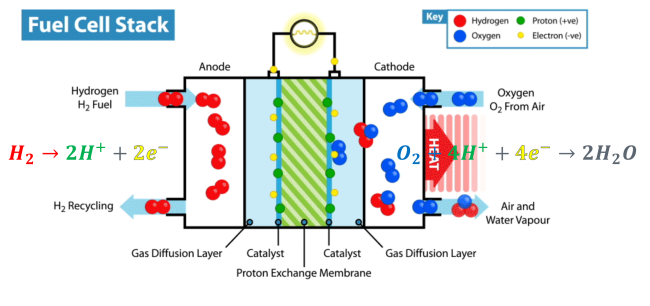
What are the Benefits of Fuel Cell Stacks?
Fuel cell stacks offer a ton of benefits over traditional power sources. While most fossil fuel energy sources convert fuel into electricity at a rate of around 32-35%, fuel cell stacks can achieve up to 59% or even higher. For instance, the H-1000 XP Fuel Cell Stack has achieved an efficiency of around 59% in real-world testing. The efficiency of fuel cell stacks means that more energy from the fuel is converted into usable electricity, meaning fewer greenhouse gas emissions.
Fuel cell stacks are also highly versatile. Fossil fuel generators are can be extremely loud and disturbing while emitting dangerous gasses, fuel cells produce nothing but heat and water as byproducts. This means they can provide electricity in locations where fossil fuel generators would be impossible to install.
The Future of Fuel Cells
So, what does the future of fuel cells look like? Here are some trends we can expect to see in the coming years.
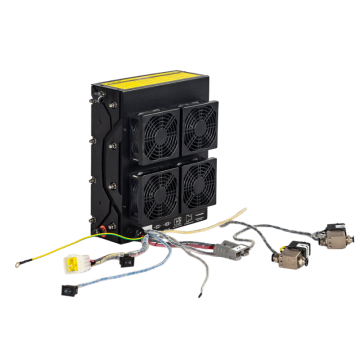
✓ Lower Prices
Fuel cell stacks are expected to become cheaper. Currently, a large fuel cell stack can cost multiples of thousands of dollars. As technology advances, however, the fuel cell price will drop significantly. Take a 1kW fuel cell stack as an example. The price for this has decreased by over $ 5000 in the past decade. Expect this price reduction to continue throughout this decade.
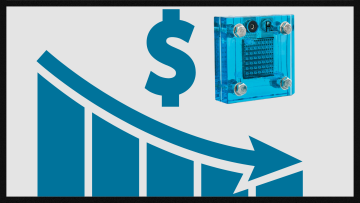
✓ Increased efficiency
In the future, fuel cell stacks will become more efficient. Some systems can currently achieve 60% efficiency, but this will soon change. Expect levels of 70% and even higher later in this decade. This is mainly due to the new materials and designs that researchers are developing.
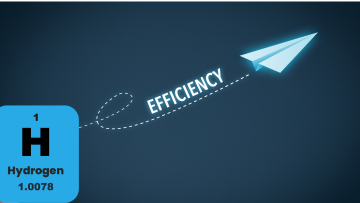
✓ Greater adoption
Fuel cell stacks are already used to power cars and buses, but this will increase dramatically in the future. Firms like Toyota, Honda and Hyundai already invest heavily in fuel-cell transportation systems. This will only increase in the years to come. While there are over 10,000 fuel-cell cars on the road today, experts predict there could be upwards of 13 million by 2030. As governments worldwide set ambitious targets to reduce greenhouse gas emissions, fuel cells are increasingly seen as a viable alternative to fossil fuels.
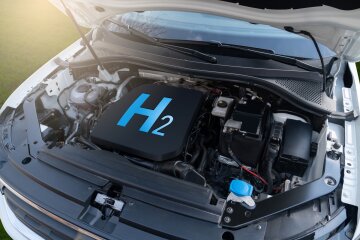
✓ Integration between renewable energy systems
Current renewable energy systems have a problem: they are intermittent. This means they rely on energy sources like the sun, wind and water to produce energy. The trouble with these energy sources is that they are only sometimes available (cloudy weather or no wind results in no electricity). Fuel cells are a significant part of overcoming this challenge. When the wind stops blowing or it happens to be a cloudy day, the excess energy produced when it is sunny and windy can be stored as hydrogen and used to produce electricity from fuel cells.
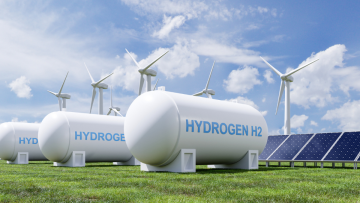
✓ Advances in hydrogen production
Hydrogen is by far the most common fuel used in fuel cells. Yet most of this hydrogen is currently produced from natural gas (a fossil fuel). However, scientists are currently working on developing new technologies to produce hydrogen more efficiently from renewable sources like water and biological waste. This has the potential to lead to a tremendous increase in the adoption of fuel cells.

✓ Government investment
Governments worldwide currently invest heavily in fuel cell technology, but even these investments will increase dramatically in the future.
As governments continue to invest in R&D surrounding fuel cells, the adoption of these systems will increase. The US government has invested over $ 7 billion in research and development of hydrogen over the last two years – promoting fuel cell start-ups, industry and research institutes.
Challenges in fuel cell research still exist, but government investment will make fuel cell systems much more common and cheaper for consumers.
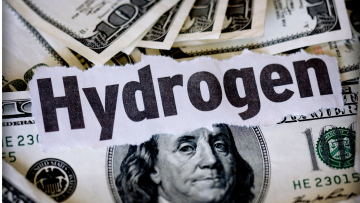
Conclusion
The future of fuel cells looks bright. In the coming years, various factors will change the fuel cell landscape. Fuel cell stacks will become cheaper, technological advances will increase efficiency, and adoption will significantly increase. There will also be big advances in integrating renewable energy systems, innovation in hydrogen production, and even more government investment. In a decade's time, fuel cells will be at the center of the world’s renewable energy system.
Interested in learning more about fuel cells? Check out our Ultimate Guide to Fuel Cells.

